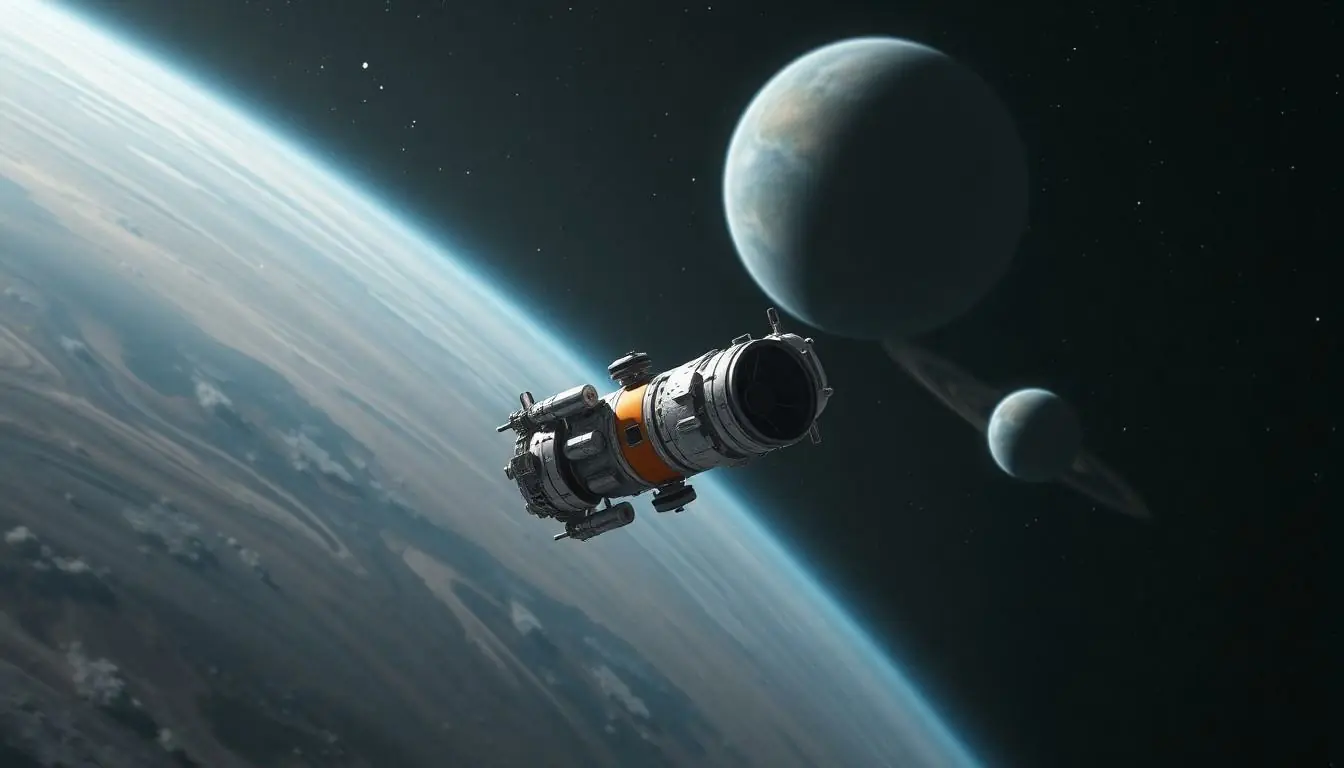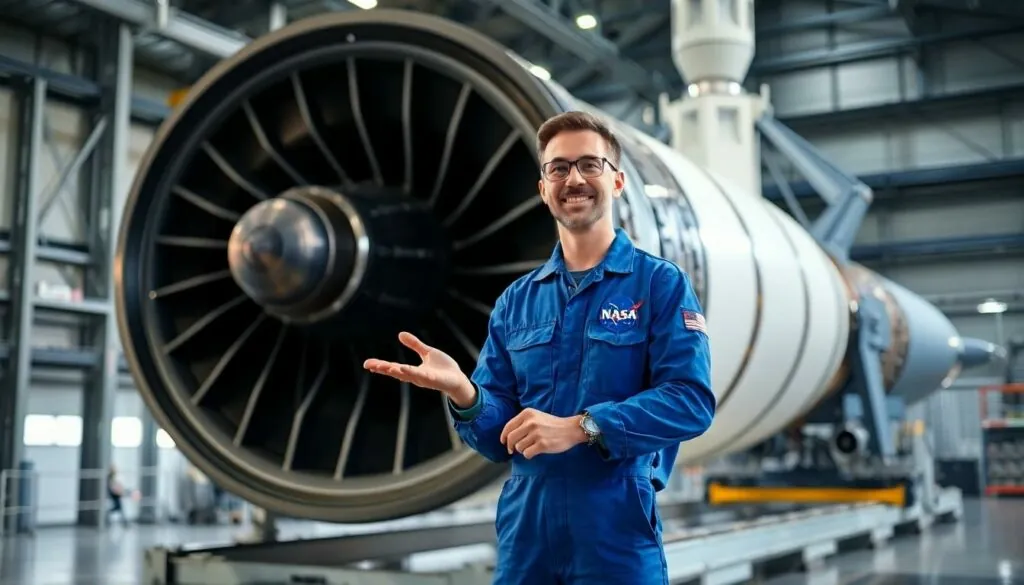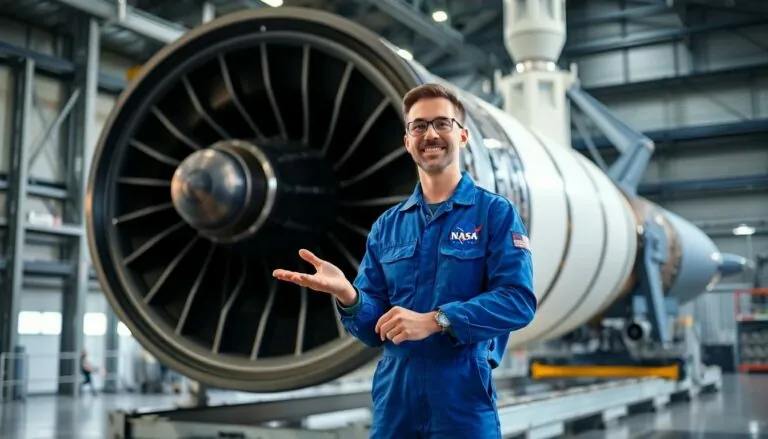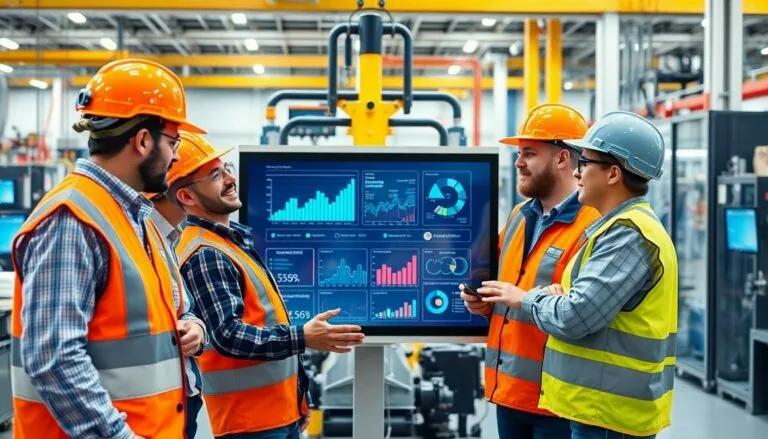Table of Contents
ToggleSpace: the final frontier, where technology takes on a whole new meaning. From rocket engines that roar like a lion to rovers that can dance on Martian soil, the gadgets and gizmos used in space exploration are nothing short of extraordinary. It’s not just about sending humans into orbit; it’s about pushing the boundaries of what’s possible and discovering the universe’s secrets.
Imagine a world where satellites help predict the weather, or where telescopes capture images of distant galaxies. These technological marvels are the unsung heroes of space missions, making the impossible possible. So buckle up and prepare for a journey through the high-tech wonders that are redefining our understanding of the cosmos. Who knew that exploring the universe could be this cool?
Overview of Space Exploration Technologies
Space exploration relies on various technologies to achieve its goals. Rocket engines serve as the backbone of space travel, providing the necessary thrust to escape Earth’s gravity. Many launching systems integrate advanced propulsion technologies, enhancing fuel efficiency and reducing mission costs.
Satellites play a crucial role in communication and data collection. They transmit signals across vast distances, enabling seamless communication between space missions and Earth-based control centers. Some satellites gather essential information about atmospheric conditions, helping to track weather patterns and natural disasters.
Robotic rovers explore planetary surfaces, collecting data and conducting experiments. Each rover features specialized instruments to analyze soil samples and search for signs of past life. NASA’s Curiosity rover and Perseverance rover exemplify the advancements in robotic technology, demonstrating increased mobility and durability.
Space telescopes, like the Hubble Space Telescope, enable astronomers to observe distant galaxies with unprecedented clarity. These instruments gather light from cosmic objects, revealing critical information about the universe’s formation and evolution. They contribute to breakthroughs in understanding phenomena such as black holes and exoplanets.
Advances in materials science also support space exploration. Lightweight, durable materials withstand harsh environments found in space, ensuring the longevity of spacecraft. These innovations improve the design and functionality of spacecraft, enhancing safety and operational capabilities.
In addition, artificial intelligence (AI) plays an emerging role in space missions. AI systems assist in navigation, data processing, and autonomous decision-making. This technology optimizes mission performance and reduces the workload on human operators.
Various technologies work together harmoniously, driving the future of space exploration as they unveil the secrets of the cosmos.
Types of Technologies Used in Space Exploration

Space exploration relies on a variety of advanced technologies that facilitate missions beyond Earth. These technologies play crucial roles in ensuring successful operations and expanding human knowledge.
Propulsion Systems
Propulsion systems generate the necessary thrust to leave Earth’s atmosphere. Chemical rocket engines remain the most common type, utilizing propellant combustion to propel spacecraft. Advanced propulsion technologies, such as ion drives, offer higher efficiency and allow longer missions. These systems, by consuming less fuel over time, enable spacecraft to travel farther distances and reduce overall mission costs. Key examples include the Dawn spacecraft’s ion engine, which successfully explored the asteroid belt.
Communication Systems
Communication systems ensure data exchange between spacecraft and mission control. Radio frequency systems provide reliable contact during missions. Advanced technologies, including laser communications, offer higher data transmission rates with enhanced accuracy. Such innovations enable scientists to receive images and information from distant missions faster than before. Notable examples include the Mars Perseverance Rover, which transmits vital data about the Martian surface and atmosphere efficiently.
Science Instruments
Science instruments aboard spacecraft conduct experiments and collect valuable data. These instruments vary in function, from spectrometers analyzing surface composition to cameras capturing high-resolution images. Each tool plays a unique role in gathering information about celestial bodies. Noteworthy examples include the Mars Science Laboratory’s suite of instruments, capable of performing complex geological analyses, and the James Webb Space Telescope’s instruments designed for deep space observation.
Key Innovations in Recent Years
Recent advancements in technology significantly enhance space exploration. Innovations focus on improving efficiency, safety, and data collection methods.
Advances in Robotics
Robotics plays a crucial role in exploring celestial bodies. NASA’s Perseverance Rover illustrates this with its ability to traverse challenging terrains. Rovers equipped with advanced robotic arms perform tasks like sample collection and analysis. These machines operate autonomously despite harsh environmental conditions. ESA’s (European Space Agency) ExoMars mission showcases another example of robotics innovation, utilizing the Rosalind Franklin rover to search for signs of past life. Collectively, these robotic advancements produce valuable data about other planets.
Developments in AI and Machine Learning
Artificial intelligence and machine learning revolutionize data analysis in space missions. Algorithms assist in processing vast amounts of collected information, increasing efficiency. NASA employs AI technology for real-time decision-making during rover operations. Machine learning enables predictive maintenance, which helps extend the lifespan of equipment. Moreover, using AI-enhanced image recognition tools aids in identifying geological features on distant planets. Overall, leveraging AI and machine learning optimizes mission performance, transforming how space exploration is conducted.
Future Trends in Space Technology
Emerging technologies continuously reshape space exploration. Quantum computing stands at the forefront, promising to enhance data processing capabilities. Enhanced data analytics can lead to more accurate forecasts and discoveries.
Robotics technology evolves rapidly, improving autonomous operations for missions. Sophisticated algorithms enable rovers to navigate complex environments with efficiency. Space agencies anticipate increased reliance on these autonomous systems for exploration of distant planets.
3D printing technology plays a transformative role in spacecraft manufacturing. It reduces costs and material waste while enabling onsite production of essential parts. NASA and other organizations are investigating this technology for future lunar and Martian missions.
Renewable energy sources, including solar and nuclear power, gain traction for space missions. These energy systems can support long-duration missions without the limitations of traditional fuels. Future spacecraft might leverage such technologies to enhance sustainability during exploration.
Collaboration between private companies and government agencies continues to accelerate innovation. Public-private partnerships foster the development of new spacecraft and launch systems. This collaborative approach proves beneficial for pushing the boundaries of exploration.
Artificial intelligence applications grow increasingly vital for mission optimization. Machine learning algorithms enhance decision-making processes in real time. Spacecraft utilizing AI can analyze vast amounts of data more efficiently, leading to targeted scientific investigations.
In the realm of communication, advances in laser technology promise greater data transmission rates. High-speed communication systems enable quicker exchanges of information between Earth and spacecraft. Utilizing optical communication links can significantly enhance mission effectiveness.
These trends indicate a future marked by groundbreaking advancements in space technology. They promise to enable deeper exploration and a broader understanding of the universe. Each innovation builds upon prior achievements, creating a cycle of progress that enhances scientific knowledge.
Challenges Facing Space Exploration Technologies
Space exploration technologies encounter several significant challenges. Reducing the costs associated with launches remains a primary concern. High expenses often limit the number of missions and the scope of scientific research conducted in space. Improving propulsion efficiency is crucial, as traditional chemical rocket engines face limitations in fuel consumption and range.
Moreover, spacecraft must endure harsh environments, including extreme temperatures and radiation. Engineers work tirelessly to develop materials that withstand these conditions without compromising safety and functionality. The need for advanced materials becomes even more critical for long-duration missions.
Communication presents additional hurdles. Data transmission delays increase the complexity of operating distant spacecraft in real time. Enhancing communication systems to reduce these delays will improve mission outcomes and allow for more efficient data collection.
Robust autonomous systems are essential for exploratory rovers. Autonomy ensures that these rovers can navigate unpredictable terrain and conduct experiments without constant human input. Developing intelligent algorithms that optimize decision-making in real time is fundamental.
Collaboration between private companies and government agencies introduces its own challenges. Aligning goals and resources among diverse stakeholders can lead to potential conflicts and delays. Establishing clear frameworks and agreements fosters more effective partnerships.
Lastly, addressing cybersecurity is paramount. Spacecraft vulnerabilities can result in data breaches or mission failures. Implementing secure communication methods and protective measures is necessary to safeguard sensitive information.
These challenges highlight the importance of continued innovation and collaboration in the face of evolving technological demands in space exploration. Addressing these issues directly impacts the future of missions and understanding our universe.
As technology continues to evolve the future of space exploration looks promising. Innovations in propulsion systems robotics and artificial intelligence are paving the way for more ambitious missions. The collaboration between private companies and government agencies is driving rapid advancements that enhance capabilities and reduce costs.
Challenges remain but they also present opportunities for growth and innovation. By addressing issues like propulsion efficiency and cybersecurity the space exploration community can unlock new possibilities. The quest to understand the universe is far from over and with each technological breakthrough humanity moves closer to uncovering its mysteries.







